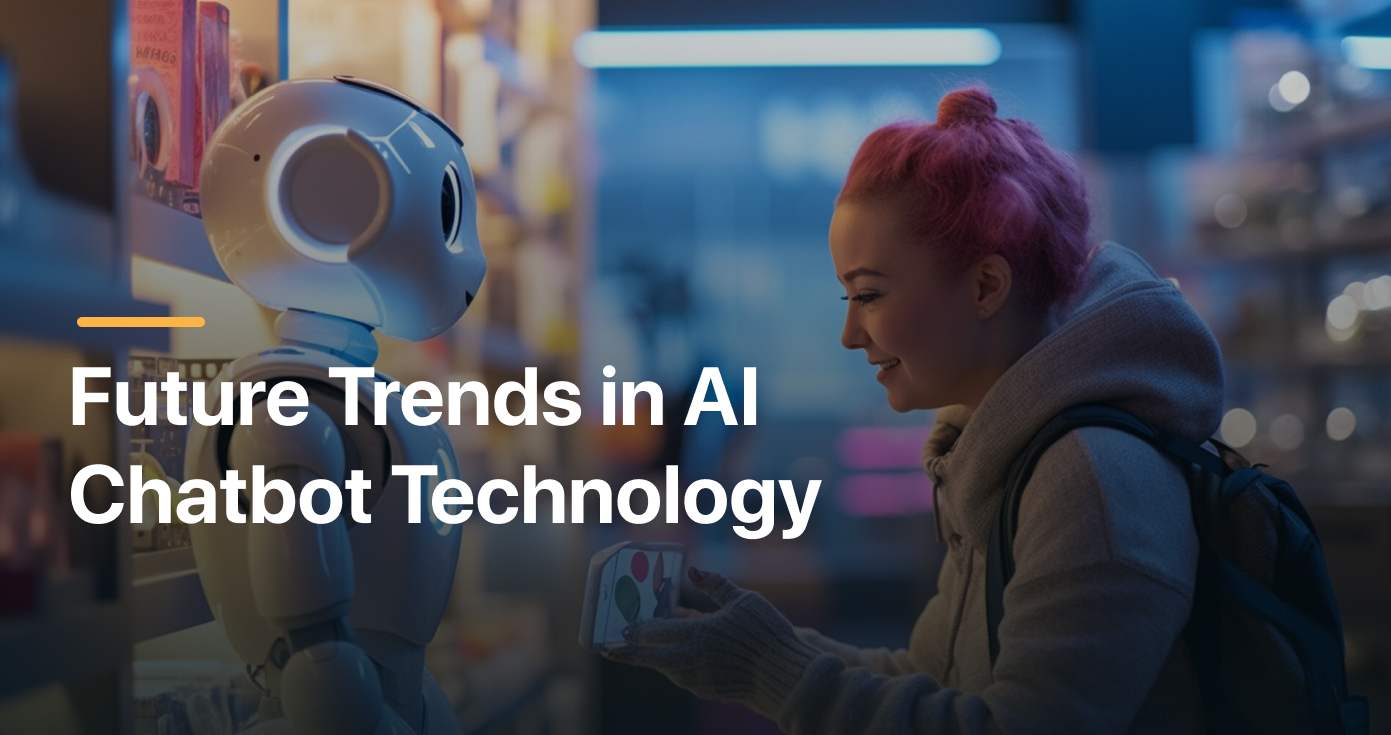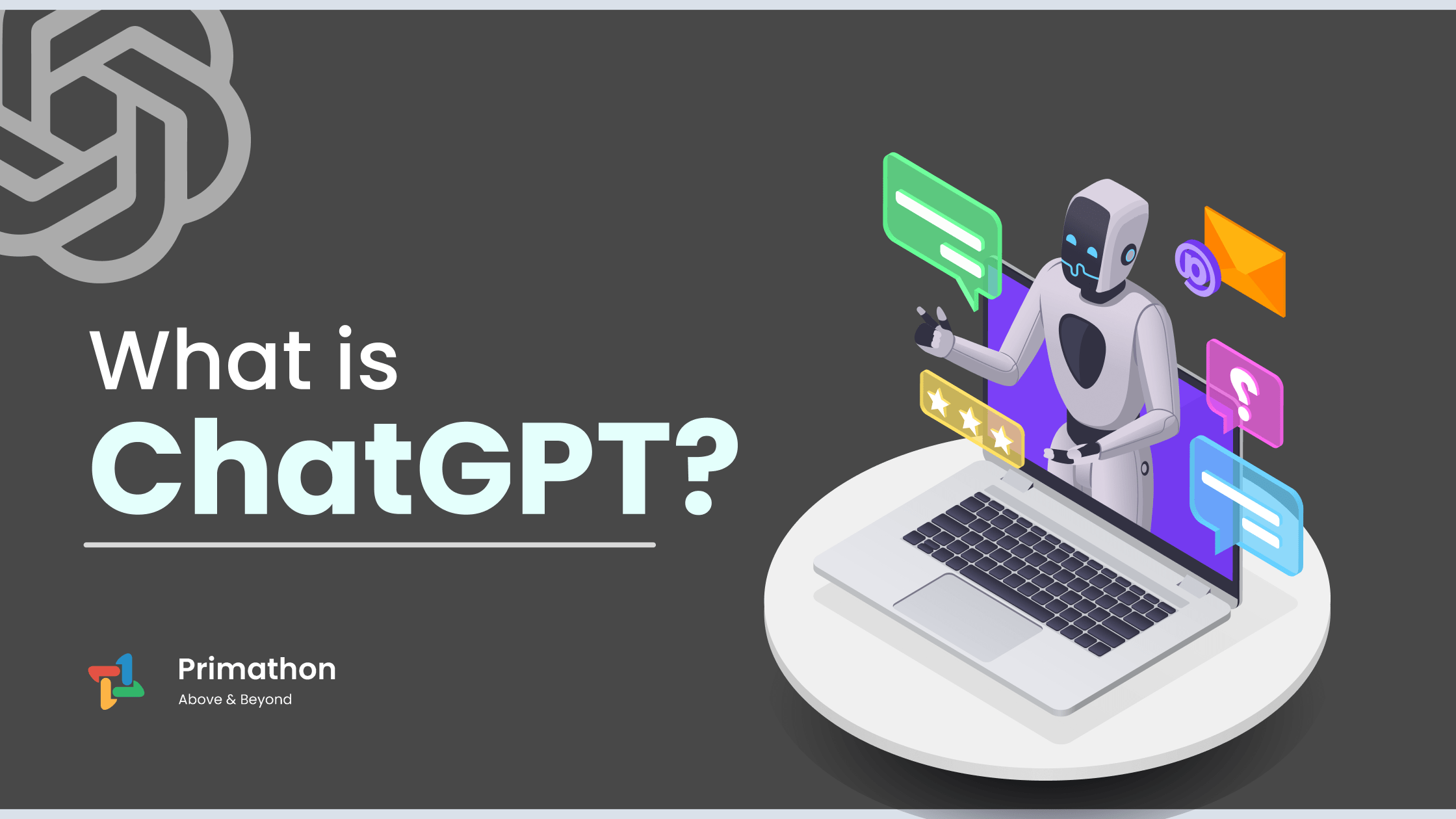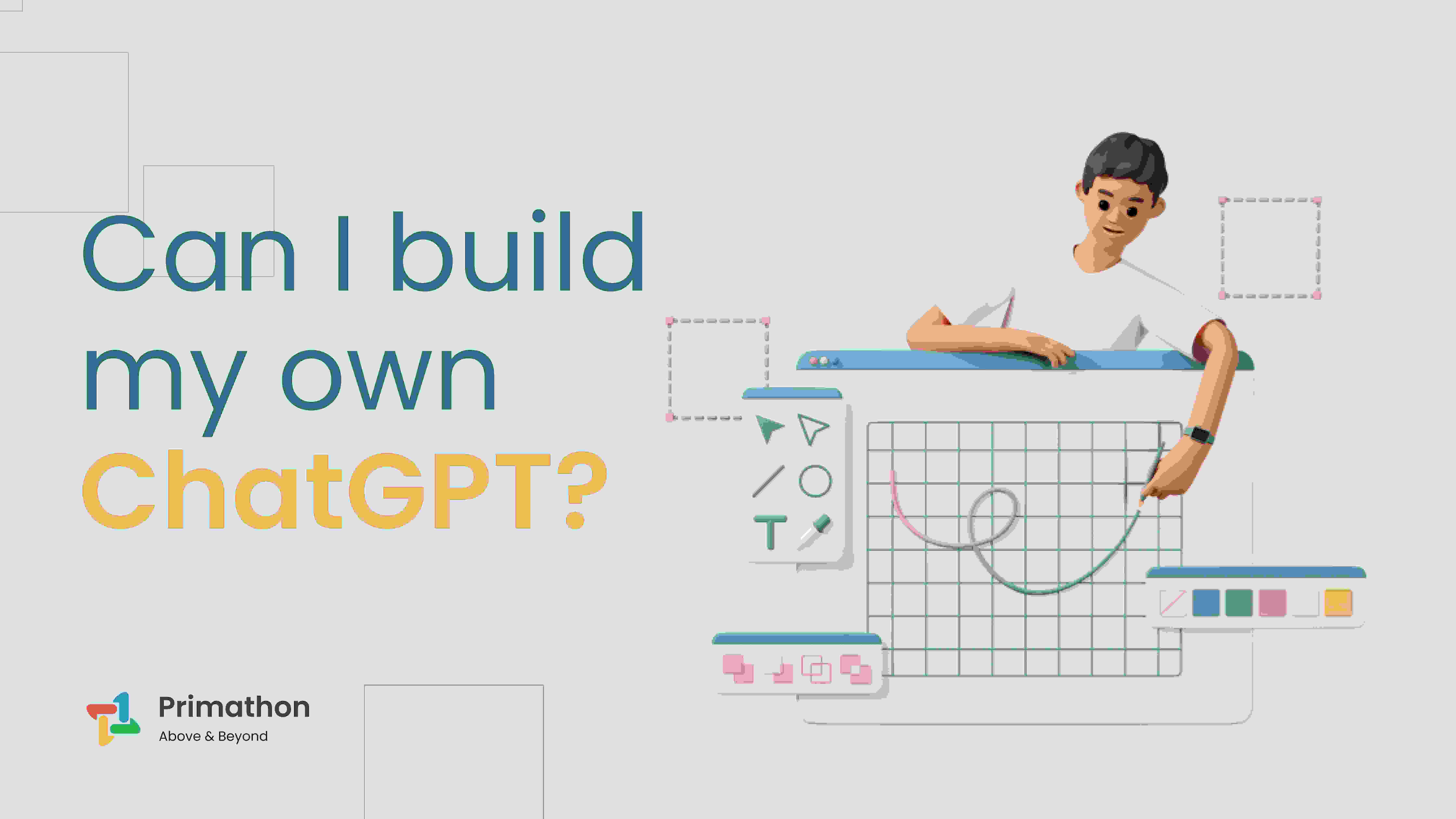
Future Trends in AI Chatbot Technology
The exciting thing is that as AI innovations grow, AI chatbot applications as people’s interface with the digital world can grow as well. Thus, AI chatbot development in the future is set to produce fundamental changes that are going to revolutionize an unlimited number of fields and industries. The use of AI conversational bots with features that incorporate complex algorithms and machine learning makes it possible for them to provide further enhanced and improved human-like interactions.
These conversational AI chatbots are going to be advanced with the help of reigning AI chatbot development services and the solutions provided by the top AI chatbot development companies. This paper discusses the recent developments in the field of AI chatbots, aiming to present insights on what the future of communication will be like thanks to these innovations.
Trends of AI Chatbots in the Future:
1. Advanced Natural Language Processing (NLP):
- Contextual Understanding: Future developments are going to be specifically related to the understanding of context and meaning; as a result, the interactions are going to be more natural and smooth.
- Complex Query Handling: Future advancements in the field of NLP will be able to enhance complex queries about a single product in a single message and in multi-turn dialogue.
2. Emotion Recognition and Response:
- Emotional Intelligence: For the next generation of chatbots, there will be an addition of emotion perception in that they will be able to capture the state of the emotions of the users and respond to them appropriately.
- Mood Adaptation: Emotions are defined as an interesting addition, and chats with the chatbot will be made dependent on the personality of the user in order to improve user satisfaction.
3. Integration with Augmented Reality (AR) and Virtual Reality (VR):
- Immersive Experiences: AI chatbots will incorporate AR and VR interfaces and facilitate the user experience by addressing their concerns in real time.
- Virtual Assistants: In AR/VR contexts, chatbots will act as the digital directors of users and contribute to realistically simulating interactions.
4. Voice Interaction Capabilities:
- Voice-Activated Assistants: Voice recognition integration is also among the trends that will allow chatbots to perform voice-based communication, thus being more responsive to users.
- Conversational Voice Interfaces: More advanced and improved voice processing will help to create more and better-sounding voice interfaces that can change the way of communicating.
5. Enhanced Personalization:
- Tailored Interactions: Future chatbots will have a much more human-like interaction because they will use data analytics to tailor the conversation based on the consumers’ proclivities and activities.
- Adaptive Learning: Chatbots will be integrated in a way that users will get adapted to the kind of services offered by the chatbots, and the chatbots will also learn from the users in that process and thus serve the users more and more effectively and suitably.
6. Multilingual and Cross-Language Support:
- Global Accessibility: The AI chatbots will help several languages and dialects be served, thereby being sensitive to people from all over the world as far as the application is concerned.
- Real-Time Translation: Better translation facilities will help in real-time communication across different languages, thereby improving user interactions at different places.
7. Proactive Engagement:
- Predictive Assistance: These would be capable of sending users messages right when it is most logical that the user would need a helping hand or facts provided to them.
- Automated Follow-Ups: That is, future chatbots will come back to engage the user and find out if he or she is still satisfied or if there is any other problem that needs to be solved.
8. Integration with IoT Devices:
- Connected Ecosystems: Chatbots powered by artificial intelligence will become compatible with IoT devices, allowing users to control connected smart home devices, wearable technologies, and other devices.
- Smart Device Management: Smart and automated interfaces will depict and execute specific approaches that are illuminating and indispensable for the management and monitoring of IoT devices, thus chatbots.
9. Improved security and privacy:
- Secure Interactions: Implement measures that would increase security to avoid the leakage of user data and the secure manner in which interactions would take place, eradicating the various issues that are associated with the use of chatbots.
- Data Encryption: The subsequent generations of chatbots shall employ better methods of encryption to ensure that the customer’s data is safe.
10. AI-Driven Creativity:
- Dynamic Content Creation: AI chatbots will help in producing creative content and could include things like tailored recommendations, complex narratives, and engaging narratives, among other things.
- Creative Problem Solving: With the help of higher forms of AI, chatbots will be able to solve critical tasks creatively and offer new approaches and findings.
The future trends of the AI chatbots depicted above will revolutionize the way they are applied, making them smarter and more interactive, and the chatbots will play a critical role in numerous applications and domains.
Conclusion:
The future of AI chatbot technology implies introducing all-new ways of interaction based on NLP, emotion recognition, and immersive technologies. As AI chatbots become better at delivering individualized, mixed-language, and preemptive communication, they will continue to serve as a vital component of users’ interfaces as well as businesses’ internal structures. These chatbots will deliver more natural, real-time experiences through the supported interfaces of AR/VR, voice, and IoT, as well as be more secure and privacy-conscious. While these trends persist, it will be seen that AI chatbots are not only going to change the way that we interact with digital interfaces but also the ways in which businesses and humanity as a whole can operate.





